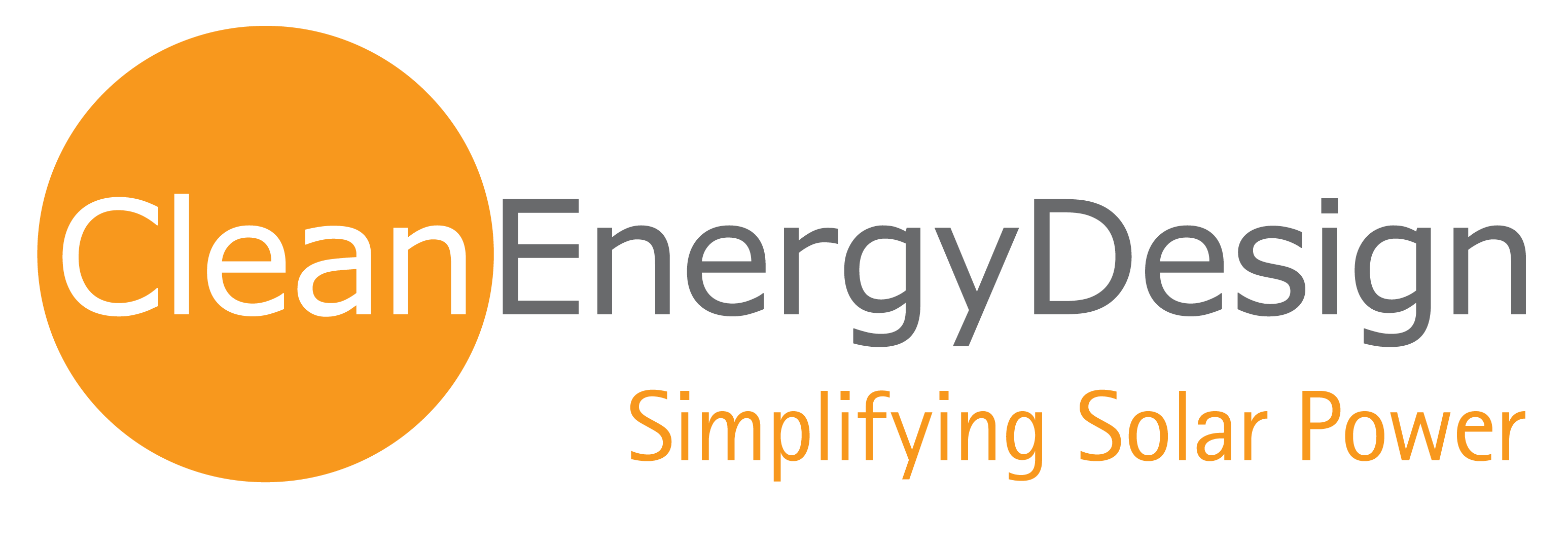What should we expect of the jobs in the Solar Industry for 2017?
We are at the home stretch of 2016, and while it will be a relief to close it out, 2017 will demand an increase in effort to further establish solar industry jobs, renewable energy, and sustainable technological progresses. Although Americans tend to be polarized on many political issues, one that is majorly favored is that of clean renewable energy, because hey, the financial benefits alone are incentive enough for everyday citizens.
A poll conducted in July 2015 by Hart Research Associates, provided statistics showing “that 70 percent of swing state voters have a favorable reaction to the the goal of 50 percent clean energy by 2030, including 54 percent of Republicans” (Roberts, Vox.com). But this favorable stance is not only due to the financial benefits but for the number of jobs the solar industry provides. According to the U.S. Energy Information Administration, solar is providing approximately 0.6 percent of the U.S. electricity generation, and coal is providing a whopping 33 percent, but the number of solar industry jobs, according to research conducted by Bloomberg, has surpassed those in both coal mining and oil/natural gas extraction.
State financial incentives have further cemented solar industry implementation into households, commercial businesses, industrial properties, and rehabilitation projects throughout the country. The dramatically decreasing cost of solar also has a positive influence on new projects. According to Solar Industry Data from the Solar Energy Industries Association (SEIA), the cost to install solar has declined by an impressive 60% in the last ten years. This has resulted in a wave of solar energy across a multitude of states, reaching cities, towns, and even rural villages. As solar becomes more economical, a standard source of energy, and costs of manufacturing and installation deplete, the market is only going to expand to a more diverse demographic. According to a news release by Jon Weiner on a report from August 2016 by Berkeley Lab, “within the market for distributed solar photovoltaic (PV) systems, installed prices in 2015 declined by $0.20-per-watt (W) or 5% year-over-year for residential systems, by $0.30/W (7%) for smaller non-residential systems, and by $0.30/W (9%) for larger non-residential systems. Prices for utility-scale PV systems that came online in 2015 fell by $0.30/W (12%) from the prior year”. These numbers have paved the way for the success that 2016 will report for the solar energy industry in the beginning of 2017. As the technology, incentives, and policies progress, solar energy will continue to become more financially attainable for all Americans.
Recent statistics and numbers have proven to be in favor of the growth of solar energy, and will be fueled by state incentives and towns, cities, and villages willing to divest from utility companies. With more solar energy projects being demanded, the number of solar industry jobs will only increase, “the group [Irena] projects the workforce in clean energy will grow to 24 million by 2030 if United Nations targets are met on climate change and development” (Bloomberg, 2016). Growth in the solar energy industry is manifesting and the positive results are shown in the financial benefits, reduced carbon footprints, expansion of solar industry jobs, and transparency when it comes to electric consumption.
For more information on how much solar would cost for your home contact us for a complimentary consultation, all we need is your most recent electric bill!
